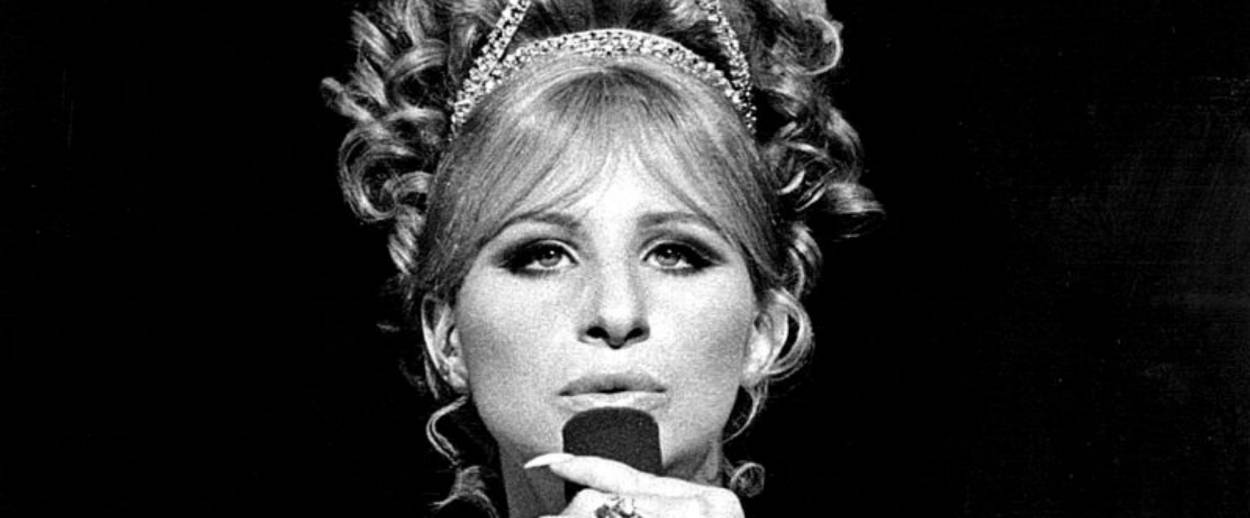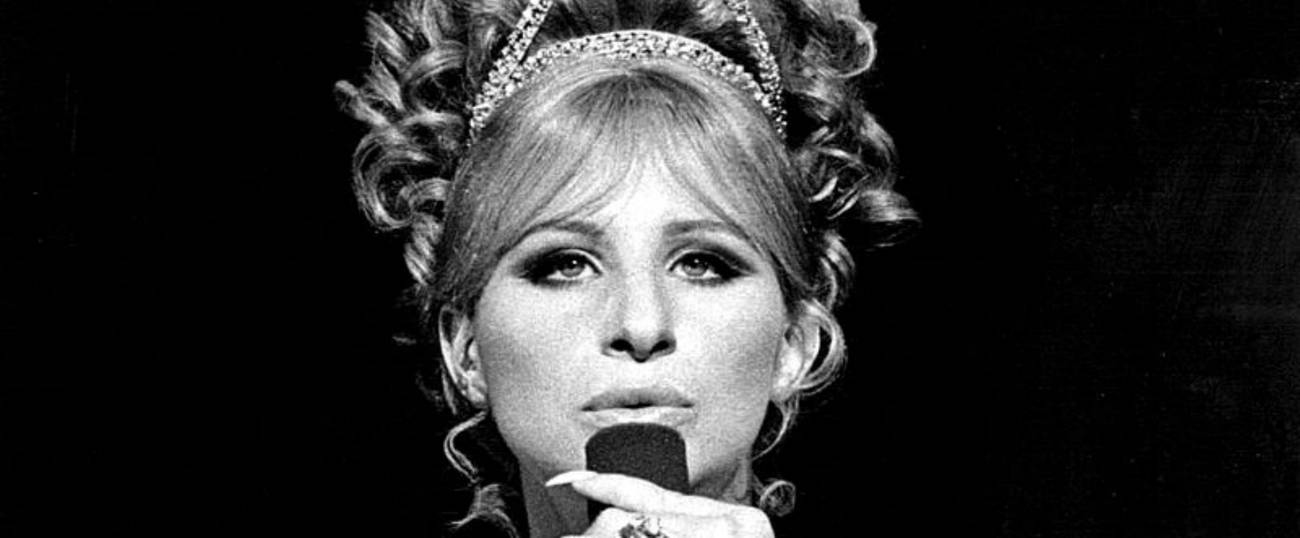Streisand Was Dylan’s ‘Favorite Star’
The paths of two of music’s most beloved artists were not all that different. I dream of their collaboration.




Last week, the New York Times revealed that Bob Dylan—for years—has had papers in order, so to speak. In fact, the crooner has kept a vast secret archives, including thousands of notebooks, lyric sheets, and other materials, that were bought by the University of Tulsa and George Kaiser Family Foundation, for an estimated $15-20 million. They will soon be available for study by serious Dylanologists and casual fans alike who are willing to take a trip to Oklahoma, where Dylan’s archive will reside next to a copy of the Declaration of Independence.
One of Dylan’s most important artifacts has been unknown to the public until now: A handwritten card from no less a personage than Barbra Streisand, thanking Dylan for some flowers he had sent her and suggesting they make a record together. In a statement to the Times, Streisand wrote:
I read the recent story in The New York Times about Bob Dylan’s archive, and I was so touched to find out he had saved a note from me.
It prompted me to go back into my own archive and retrieve a letter I had saved from him.
As I remember it, first he sent me flowers and a lovely note, asking me if I would like to sing with him. In return, I sent him the note that’s in his archive, thanking him for the flowers and the invitation. But for whatever reason, it never happened at the time.
Years later … when “Yentl” was about to come out … he sent me his latest album, along with the letter I still have. In it, he writes, “There are some songs on this album which I’m sure you would love to do.”
He adds, “I’m looking forward to seeing your movie. Maybe you can direct me in one of mine.” And then he goes on to say something that still means so much to me: “You are my favorite star. Your self-determination, wit and temperament and sense of justice have always appealed to me.”
I thought scholars, and fans, might like to know the story behind my note. And I plan to send a copy of his letter to Bob, so it can be included in his archive, as well as mine.
Obviously, such a collaboration between Streisand and Dylan never came to pass, although the fact that it was even considered is enough to make a Dylan and Streisand superfan like me want to rend my garments into despair. But in her note, Streisand did offer some explanation in response: Dylan had sent flowers and sweet note inviting her to sing with him sometime, and she responded in kind. This seems to have led to a warm, if distant, occasional correspondence, culminating with Dylan sending Streisand a copy of his latest album shortly before the release of her directorial debut Yentl, along with a letter, stating unequivocally that Barbra Streisand was his “favorite star.”
For someone of Dylan’s stature and, frankly, enigmatic nature, this correspondence strikes me as a somewhat surprising admission. Bob Dylan goes to the movies? Is it possible to imagine him screening copies of The Owl and the Pussycat and Funny Girl and Funny Lady in his subterranean homesick basement somewhere? (And, now that were here, is it just me who has noticed that Eddie Redmayne in The Danish Girl is an absolute dead ringer for Barbra as the older Fanny Brice in Funny Lady? During all his tearful scenes with Alicia Vikander, I kept thinking James Caan was going to walk in and bellow, “Fanny, what the hell, rehearsal started a goddamn hour ago!”)
But on the other hand—the more important hand—this all makes perfect sense. After all, Dylan and Streisand are exact contemporaries.
They were born less than a year apart (1941 and 1942 respectively), under almost the same zodiac sign (Dylan is a Taurus/Gemini cusp; Streisand is famously, a Taurus, just like other famous Jewish icons like Golda Meir, Adolf Hitler, and yours truly.) They both came up as performers in the Greenwich Village club scene of the early ’60s. During that period, Dylan was the “Freewheelin’” modernist who seeped in the counter-cultural influences that would shortly allow him to revolutionize rock, folk, and American pop culture at large. Barbra, meanwhile, sang singing standards in vintage cocktail attire out of another era. The truth, however, was that Dylan was as much a throwback as she. His early albums, featuring renditions of ageless folk songs, strange, half-forgotten Delta blues, and Appalachian murder ballads, were just as much a reinvention of the past as Barbra’s seminal slowed-down arrangement of 1930’s campaign favorite “Happy Days Are Here Again.” Both made their mark by excavating and reimagining the sound of America’s past. One can only imagine what might have been.
And now, if you’ll excuse me, I have fan fiction to write.
Rachel Shukert is the author of the memoirs Have You No Shame? and Everything Is Going To Be Great,and the novel Starstruck. She is the creator of the Netflix show The Baby-Sitters Club, and a writer on such series as GLOW and Supergirl. Her Twitter feed is @rachelshukert.